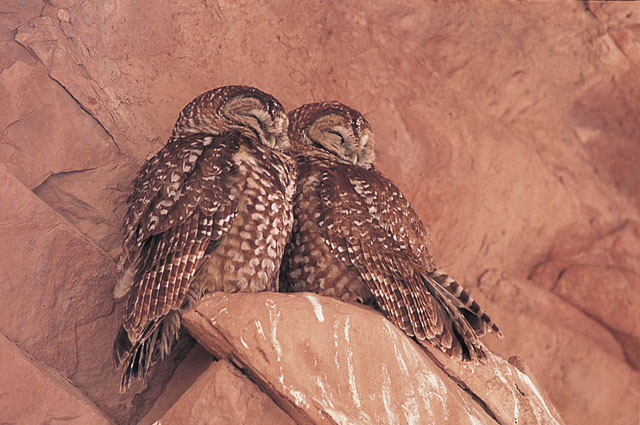|
|
RESOURCES
Resources: Annual Reports | Newsletters | Fact Sheets | Reports & Proposals | Links | Press Releases
Grand Canyon-Parashant National Monument
 Wilderness
Protection Wilderness
Protection
The Proclamation establishing the 1.2-million acre Grand Canyon-Parashant
National Monument describes "a vast, biologically diverse, impressive
landscape…of open, undeveloped spaces and engaging scenery…located on
the edge of one of the most beautiful places on earth, the Grand Canyon."
Wilderness designation of all suitable areas would afford the highest
level of protection for the Monument's diverse values, described below.
The Arizona Wilderness Coalition proposes a 775,000-acre Grand Canyon-Parashant
Wilderness consisting of 23 separate units. Each unit is generally bounded
by non-wilderness roads that total approximately 630 miles within the
Monument.
Rising
in two great stair steps from the austere Mojave Desert, the dramatic
Grand Wash Cliffs create the rugged spine of one of our nation's newest
national monuments, the Grand Canyon-Parashant. These dramatic escarpments
mark the intersection between four distinct biomes—the Sonoran and Mojave
deserts and the Great Basin and Colorado Plateau provinces. The resulting
diverse ecosystem, ranging from stark, arid desert to lush, high plateaus,
creates a unique collage of native species habitats.

Species Diversity
Wildlife includes numerous threatened or endangered species:
"High, dry and lonesome," the Shivwits and Uinkaret Plateaus
support grasslands, woodlands, and ponderosa forests, important habitat
for a diversity of species including pronghorn antelope, goshawk, tassel-eared
squirrels, mule deer, mountain lions, resident and migratory birds, and
a splendid diversity of other native wildlife. The southern monument plunges
into the untamed grandeur of the Grand Canyon.
Geologic Significance
Deep, intricate canyons, jagged mountains, frozen lava flows and lonely
buttes offer incontestable testimony to the earth's unfathomable geologic
record. Here relatively undisturbed Paleozoic and Mesozoic sedimentary
rock layers, rich in fossils, offer clear glimpses of the region's geologic
history.
The Grand Wash Cliffs, presenting approximately 15,000 feet of displacement
across the monument, juxtapose the colorful, lava-capped Pre-cambrian
and Paleozoic strata of the Grand Canyon against the highly faulted terrain
and volcanic peaks of the Mojave Desert. Ancient lavas from the Toroweap
and related faults created the Mount Trumbull and Mount Logan peaks, and
flowed into the Grand Canyon damming the river many times over during
the past several million years.
Archaeological Significance
Irreplaceable rock art, quarries, villages, watchtowers, agricultural
features, burial sites, caves, rockshelters, trails, and camps reveal
the antiquity of human presence in the Grand Canyon-Parashant. Ancient
artifacts demonstrate that a small numbers of hunter-gatherers roamed
the region in search of food and shelter during the Archaic Period, 7000
BC to 300 BC. Southern Paiute people replaced the Pueblo groups sometime
after 1300 AD. Paiutes were living here at the time of Euro-American contact
beginning in 1776 when the Escalante-Dominguez expedition of Spanish explorers
passed near Mount Trumbull. Historic structures and ruins scattered across
the monument tell the stories of life and hardships of early homesteaders.
|

